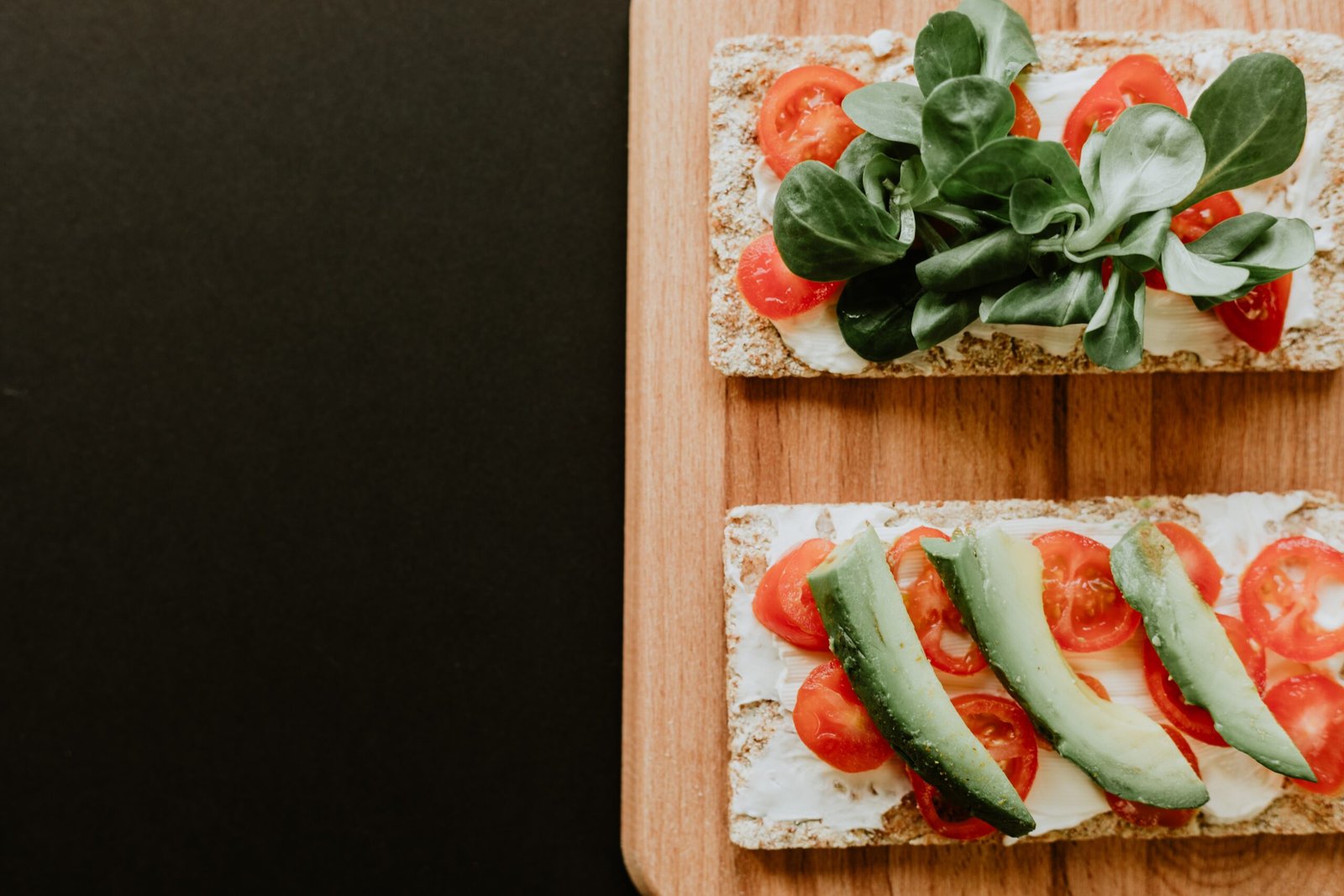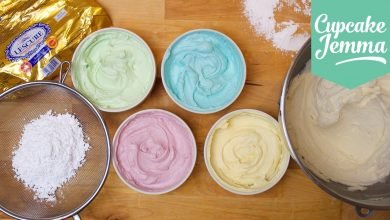Reduce jam and jam properly

 Strawberry jam is a popular classic. (Photo by: vanillla / Depositphotos)
Strawberry jam is a popular classic. (Photo by: vanillla / Depositphotos)Jam or jam: what are the differences?
In this country, every sweet fruit spread is called jam.
jam
However, only spreads that contain only citrus fruits are considered jams. A fruit content of 20 percent is a prerequisite for the jam seal.
jam
All other fruit spreads are called jams. They can contain all conceivable fruits in strained form, as fruit pulp or fresh. The fruit content, however, is strictly defined: a jam that is sold in Germany must contain at least 35 percent fruit. Exceptions apply to a few fruits such as passion fruits, sea buckthorn and ginger.
Fresh fruits do not necessarily have to be used in the preparation. Frozen fruits are also suitable for making a delicious jam or extra jam.
Jam with sugar, sugar substitute and without sugar
Sugar is usually used as the second skin ingredient during preparation. However, there are also variants that replace the sugar with stevia or agar-agar or do without them entirely.
Boiling jam properly: this is how it works
Before you can start boiling, you need the right boiling equipment:
- Fruit of your choice
- Gelling sugar, pectin, agar-agar (vegetable gelling agent) or stevia
- pot
- Knife and tasting spoon
- Foam throat
- measuring cup
- Mason jars
 Especially in summer there is a large selection of fruits that can be made into jam. (Photo by: plachy / Depositphotos)
Especially in summer there is a large selection of fruits that can be made into jam. (Photo by: plachy / Depositphotos)1. Prepare the fruit
Wash the fruit and, if necessary, remove the stems, core and co. Remove the seeds from the raspberries or currants using a sieve. Depending on the taste, some of the kernels can also remain in the jam.
2. Prepare ingredients
Cut the fruit into small pieces and prepare the sugar. As a rule, preserving sugar is used in a ratio of 1: 1. The higher the pectin content, the less sugar is needed.
If other ingredients such as honey or cloves are part of the recipe; also provide and bring into the desired shape. Passing through is optional depending on the type of fruit. With strawberries, raspberries and the like, it gives the fruit the necessary consistency.
3. Put the fruits in a saucepan
Put the fruits in a saucepan with the preserving sugar. Slowly add the preserving sugar, stirring vigorously to avoid clumping.
4. Let the jam boil
Let it simmer for four to five minutes, stirring regularly.
5. Make a gel test
Check the consistency of the jam: drop a teaspoon of jam onto a plate and wait a few minutes. When the jelly sample has the desired consistency, remove the pot from the heat.
If the jam is runny, it may have to be boiled again or too little sugar was used.
If the jam is too thick, it contains too much sugar or has been cooked for too long. The spread can be boiled again with a little liquid (five to ten percent of the total mass). Alternatively, the particularly easy-to-spread jam is used as a cake or waffle spread.
6. Fill jam
Remove the jam from the heat and pour it into glasses. If a particularly long shelf life is required, the closed jam jars can then be re-sterilized in a water bath.
Finally the glasses are prepared. The jars are best boiled so that the jam has a long shelf life. It is particularly important to carefully clean the edges and the lid. The jars can now be filled with the boiling jam. A ladle, funnel and a small spoon are suitable for this.
The glasses are best filled to the brim to prevent air from entering the vessels. Finally close the lid tightly and the jam is ready. The fruit spread then needs to cool for a few minutes. To do this, put the glasses in a cool and dark place.
Skimming
Skimming gives the jelly its fruity color. Alternatively, the jam can be stirred well after it has cooled down. As a result, the foam disappears from the surface and the jam retains the desired color.
Store jam and marmalade properly
 The jam can be kept for a longer period of time if it is well sealed. (Photo by: Enika100 / Depositphotos)
The jam can be kept for a longer period of time if it is well sealed. (Photo by: Enika100 / Depositphotos)Jam is in the kitchen cupboard Can be kept for a few weeks to months. For storage should airtight jars be used.
Cold pureed and sugared jam can be kept for a maximum of two weeks.
Anyone who has used sugar when boiling can store the spread for one to two years. The following applies here: the more sugar, the more durable the jam.
Jam does not necessarily have to be kept in the refrigerator. Ideal is a dark and cool placewhere the spread is always at hand. As soon as the jar is opened, it belongs in the refrigerator, because the jam quickly molds at room temperature.






